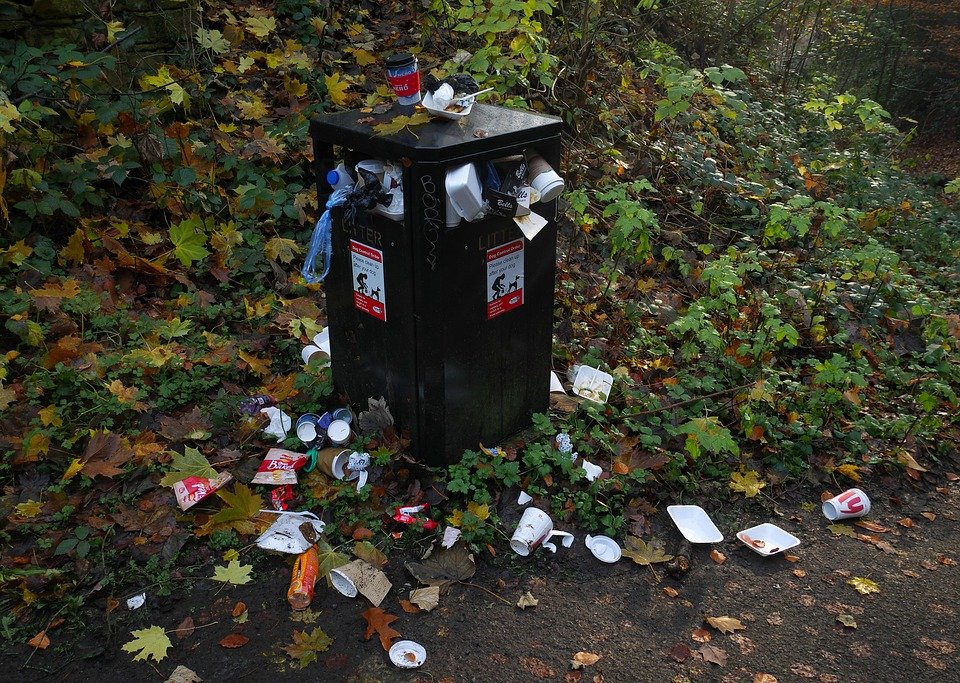
“`html
Introduction
Maintaining a clean litter box is essential for both the health of your cat and the comfort of your home. Not only does it prevent unpleasant odors, but it also reduces the risk of infections and encourages your feline friend to use the box consistently. While the task might seem daunting at first, there are numerous tips and tricks that can make litter box cleaning an effortless part of your routine. In this article, we will delve into effective strategies and products that can simplify the process, ensuring a cleaner environment for both you and your cat.
Understanding the Importance of a Clean Litter Box
Cats are naturally clean animals and are very particular about their bathroom habits. A dirty litter box can lead to a host of problems, including:
– **Health Issues**: A soiled litter box can become a breeding ground for bacteria and parasites. This can cause urinary tract infections and other health issues in cats.
– **Behavioral Problems**: Cats may refuse to use a dirty litter box and opt for other parts of your home to relieve themselves.
– **Odor**: Unattended litter boxes can produce strong, unpleasant odors that permeate your living space.
Understanding these issues underscores the importance of regular cleaning and maintenance of your cat’s litter box.
Choosing the Right Litter Box
Before delving into cleaning tips, it’s essential to ensure you have the right litter box for your cat. Consider the following factors:
– **Size**: The litter box should be large enough for your cat to move around comfortably. A general rule is to have a box that is at least one and a half times the length of your cat.
– **Type**: There are various types of litter boxes available, including covered, uncovered, self-cleaning, and disposable options. Choose one that suits your cat’s preferences and your lifestyle.
– **Material**: Opt for a sturdy material that is easy to clean, such as plastic. Ensure it is non-toxic and durable.
Choosing the Right Cat Litter
The type of cat litter you choose can significantly impact how easy or difficult it is to clean the litter box. Here are some options:
– **Clumping Litter**: This is one of the most popular types as it forms solid clumps when wet, making it easier to scoop out waste.
– **Non-Clumping Litter**: While generally cheaper, this type can be messier and require more frequent changes.
– **Silica Gel Litter**: Known for its superior odor control, silica gel litter absorbs moisture and has a longer lifespan.
– **Natural/Biodegradable Litter**: Made from materials like corn, wheat, or pine, this type is eco-friendly but may not offer the same odor control as others.
Effortless Litter Box Cleaning Tips
1. Scoop Daily
Make it a habit to scoop the litter box at least once a day. This not only keeps the box clean but also helps in controlling odors. Daily scooping is a quick task that can prevent waste from accumulating and becoming harder to remove.
2. Use Liners
Litter box liners can be a game-changer when it comes to cleaning. They prevent litter from sticking to the bottom of the box, making it easier to change. Simply remove the liner, tie it up, and dispose of it. However, note that not all cats enjoy liners, so observe your cat’s reaction.
3. Opt for Self-Cleaning Litter Boxes
If you’re looking for minimal effort, consider investing in a self-cleaning litter box. These boxes automatically rake waste into a separate compartment, reducing the frequency of manual scooping. While they come with a higher upfront cost, the convenience they offer can be worth the investment.
4. Use a Litter Mat
A litter mat placed outside the litter box can help catch any stray litter attached to your cat’s paws, reducing the amount of litter tracked around your home. Choose a mat with a texture that effectively traps litter but is easy to shake out or vacuum.
5. Regularly Change the Litter
In addition to daily scooping, completely change the litter at least once a week. This involves emptying the box, cleaning it with mild soap and water, and refilling it with fresh litter. Regular changes prevent odor buildup and maintain a hygienic environment.
6. Maintain Proper Ventilation
Place the litter box in a well-ventilated area to help disperse odors. Proper airflow can make a significant difference in keeping the area fresh. Avoid placing the box in small, enclosed spaces where odors can concentrate.
7. Consider Deodorizers and Air Purifiers
To further control odors, consider using a litter box deodorizer or an air purifier. Deodorizers can be sprinkled directly into the litter, while air purifiers can help cleanse the air in the surrounding area.
8. Keep a Schedule
Having a consistent cleaning schedule can make litter box maintenance feel less burdensome. Whether it’s scooping daily, changing the litter weekly, or deep cleaning monthly, a routine ensures the task is never overwhelming.
Deep Cleaning Your Litter Box
Even with regular maintenance, a deep clean is necessary every few weeks. Follow these steps for a thorough clean:
1. **Empty the Litter Box Completely**: Dispose of all litter and remove any liners.
2. **Scrub the Box**: Use a mild detergent and warm water to scrub the box. Avoid harsh chemicals that could be harmful to your cat.
3. **Rinse Thoroughly**: Ensure all soap residue is rinsed away.
4. **Dry Completely**: Use a towel to dry the box thoroughly before adding new litter.
5. **Refill with Fresh Litter**: Add the appropriate amount of litter based on your cat’s needs and preferences.
Conclusion
Effortless litter box maintenance is achievable with the right tools, products, and strategies. By understanding your cat’s preferences and maintaining a consistent cleaning routine, you can ensure a clean and pleasant environment for both your cat and your household. From choosing the right litter and box to implementing daily and weekly habits, these tips will help make litter box cleaning a seamless part of your pet care routine. Remember, a clean litter box is not just about cleanliness; it’s about promoting the health and happiness of your feline friend.
“`






